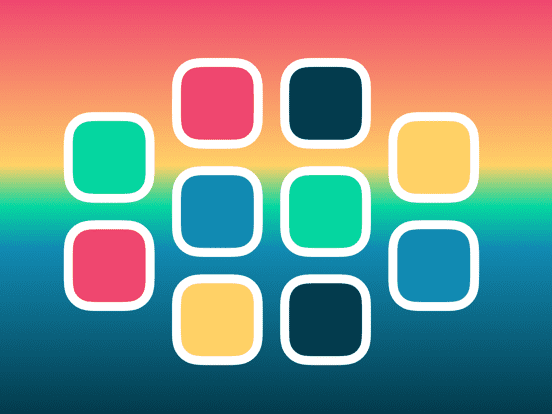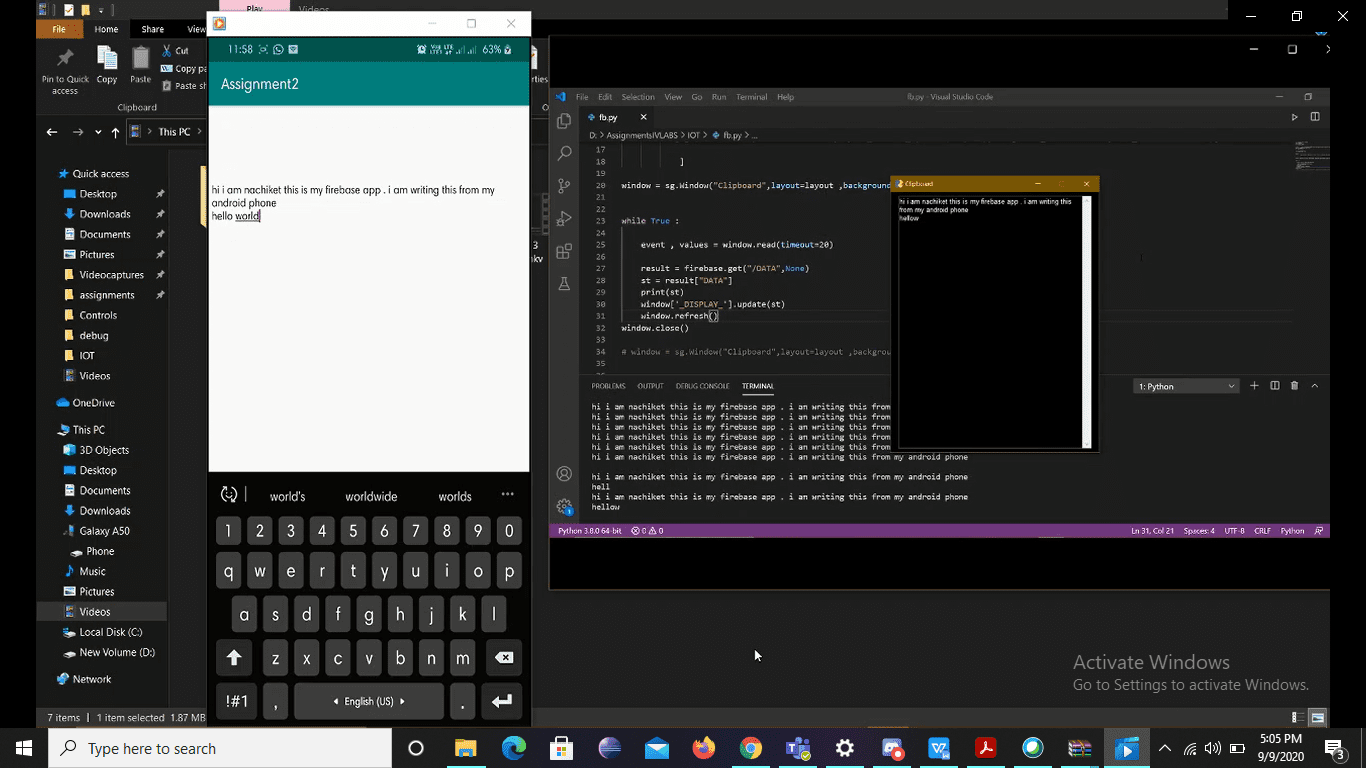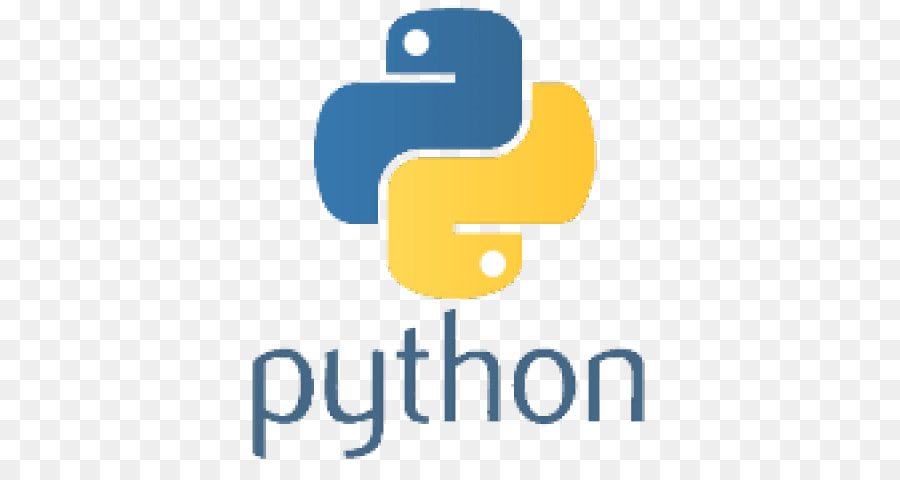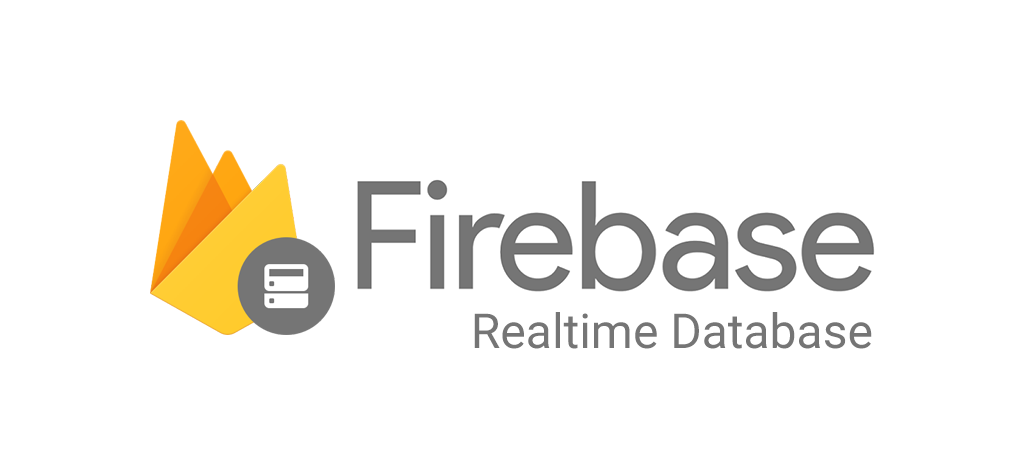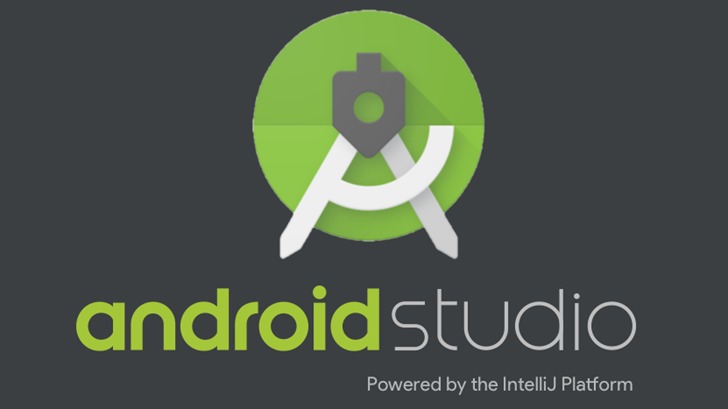Overview
The Internet of Things essentially enables us to connect ‘things’ that are embedded with sensors, softwares and other technologies to the Internet (and to networks that use Internet technology). These things or items can exchange information between them and transmit/receive data to/from other devices and systems. By combining these connected devices with automated systems, it is possible to "gather information, analyze it and create an action" to help someone with a particular task, or learn from a process. It is a system of interrelated computing devices that has the ability to transfer data over a network without requiring human involvement.
IoT deals with all manner of conventional devices made smart and connected, so they can be made more convenient to use. Applications can range from increasing convenience, like connecting a light bulb to your phone, so you don’t have to move to switch it on and off, to safety applications to detect and warn users about harmful gasses, air pollution monitoring system, smart parking system, etc. IoT technology is bringing a large number of day-to-day objects into the digital fold to make them smarter.
IoT deals with all manner of conventional devices made smart and connected, so they can be made more convenient to use. Applications can range from increasing convenience, like connecting a light bulb to your phone, so you don’t have to move to switch it on and off, to safety applications to detect and warn users about harmful gasses, air pollution monitoring system, smart parking system, etc. IoT technology is bringing a large number of day-to-day objects into the digital fold to make them smarter.
Summer Projects
COLOUR GAME APP
|
The aim of this project was to prepare a game wherein the player has to match the colour of the text or the background colour with the name of the colour that appears on the screen as many times as he can in a span of one minute. If matched correctly, a point gets added to the scoreboard, however on incorrect matching the player loses a point. The final scoreboard is displayed on the screen at the end of one minute.
There are two different types:
|
LAYOUT
All these components(which can be dropped to make the app interactive) are contained in a layout (for example Constrained layout or Linear layout) which defines how the components are aligned relative to each other and to the parent layout, the buttons were configured with the components and an onClick method.This method is executed whenever the button is clicked.
All these components(which can be dropped to make the app interactive) are contained in a layout (for example Constrained layout or Linear layout) which defines how the components are aligned relative to each other and to the parent layout, the buttons were configured with the components and an onClick method.This method is executed whenever the button is clicked.
PREVIEW
GitHub Repository : Colour Game App
DATA TRANSFER APP
LAYOUT
This app uses multiple activities. The first page is a menu to select the transfer protocol to be used. The layouts of both the secondary classes are similar. We used a component called EditText for the user to input the receiver’s IP address and Port number. EditText was used to take in inputs from the user. Another EditText was used for giving the string to be transferred. A button is used to trigger the transfer. In the middle, we dropped in an EditText, and set it to be multiline in the xml code. android:inputType = "textMultiLine"
This will be the chatbox where we can see the messages that are sent and received.
This app uses multiple activities. The first page is a menu to select the transfer protocol to be used. The layouts of both the secondary classes are similar. We used a component called EditText for the user to input the receiver’s IP address and Port number. EditText was used to take in inputs from the user. Another EditText was used for giving the string to be transferred. A button is used to trigger the transfer. In the middle, we dropped in an EditText, and set it to be multiline in the xml code. android:inputType = "textMultiLine"
This will be the chatbox where we can see the messages that are sent and received.
PREVIEW
GitHub Repository : Data Transfer App
DATA SYNCHRONIZATION VIA FIREBASE
|
This app removes the limitation of the previous task where data transfer was only possible in a local network due to NAT. In this task we synchronise data between our phone and a python program on the computer in Realtime using the Firebase Database.
We also created a Realtime database on our firebase console via the browser. This database will be connected to the app whenever the app is opened. |
LAYOUT
The layout is simple, just one EditText is required. Whatever is typed here will be shown on the python program in realtime.
The layout is simple, just one EditText is required. Whatever is typed here will be shown on the python program in realtime.
PREVIEW
GitHub Repository : Data Synchronization

